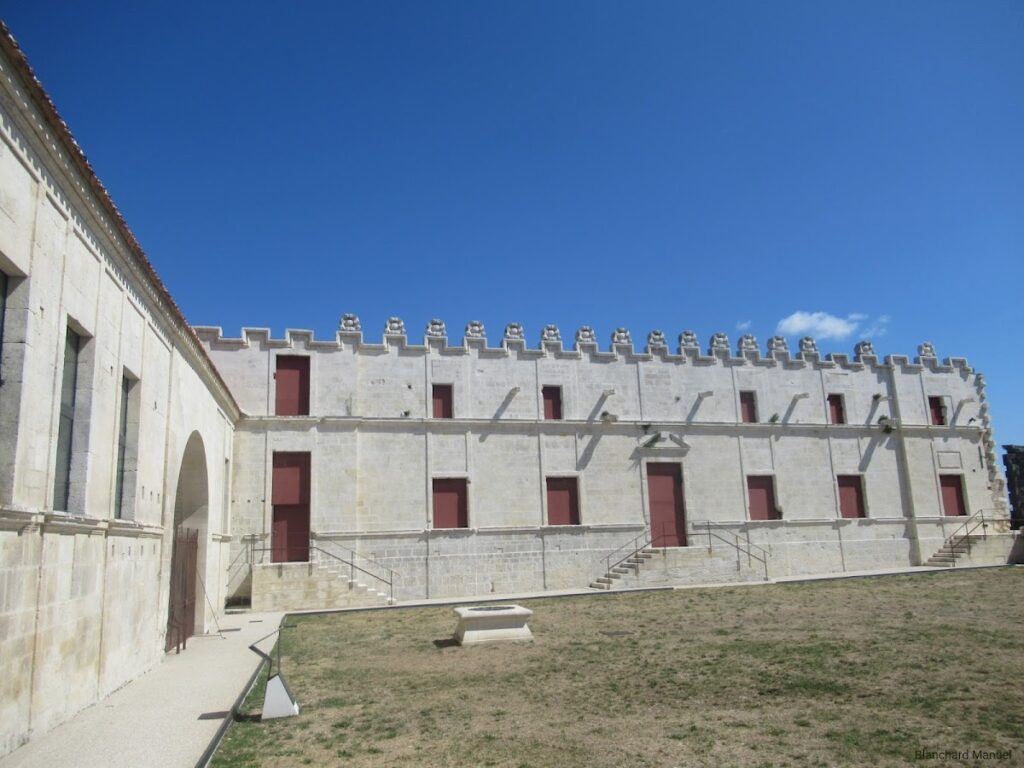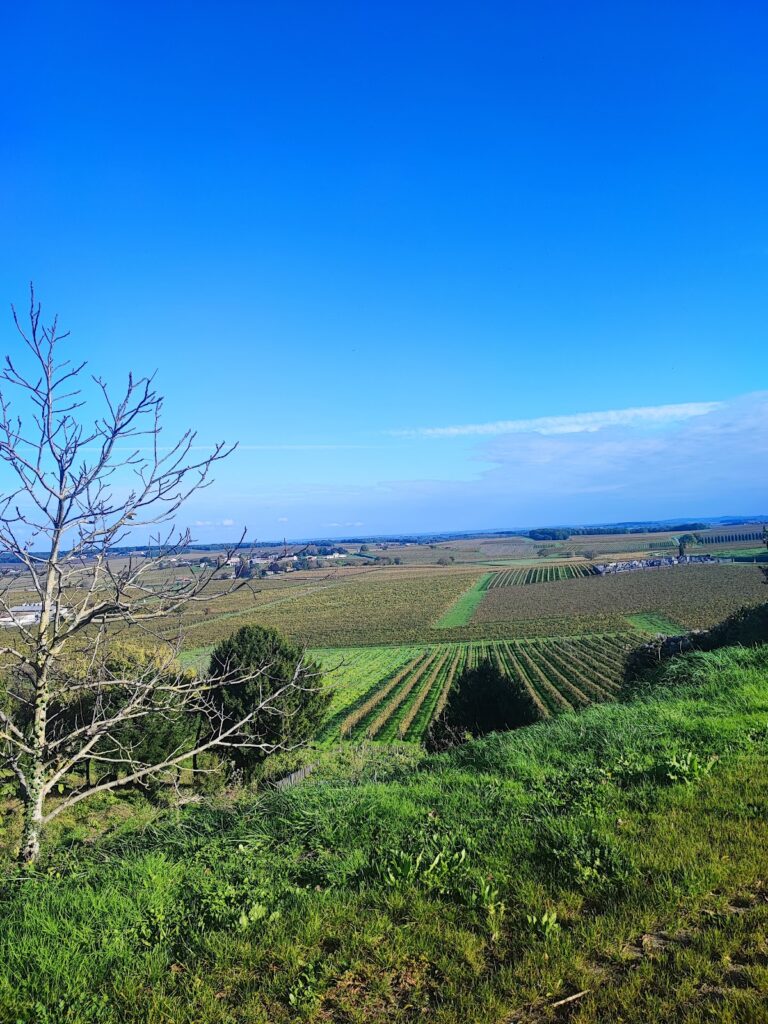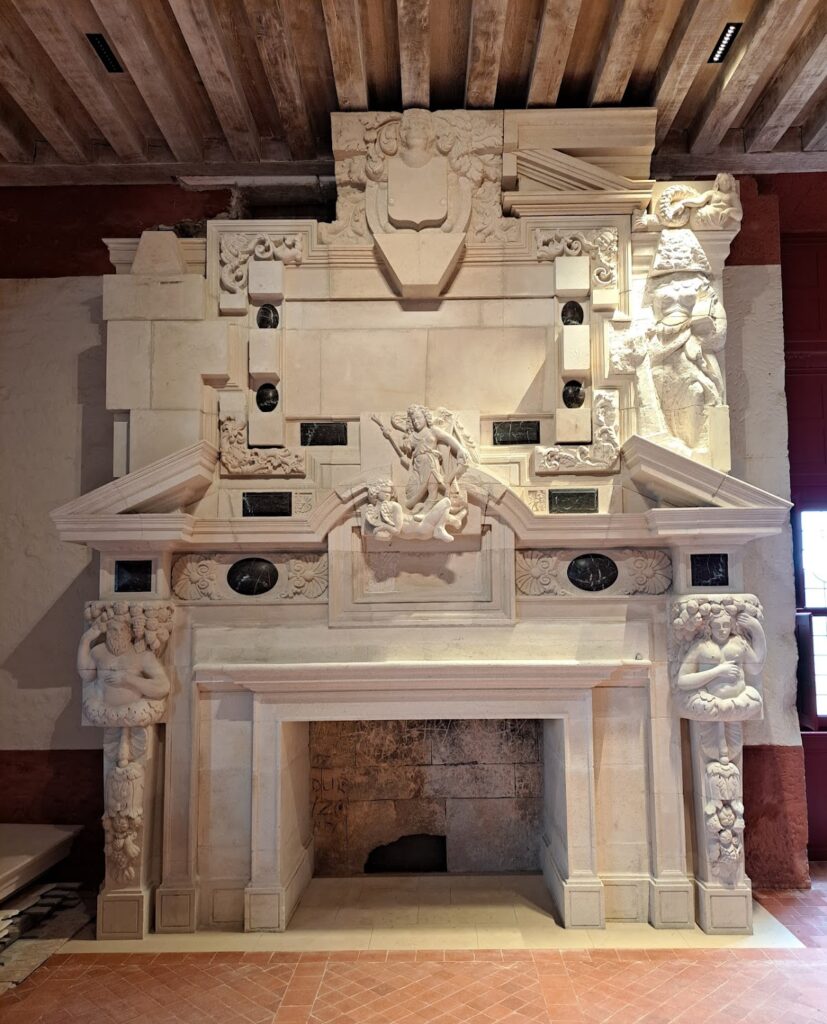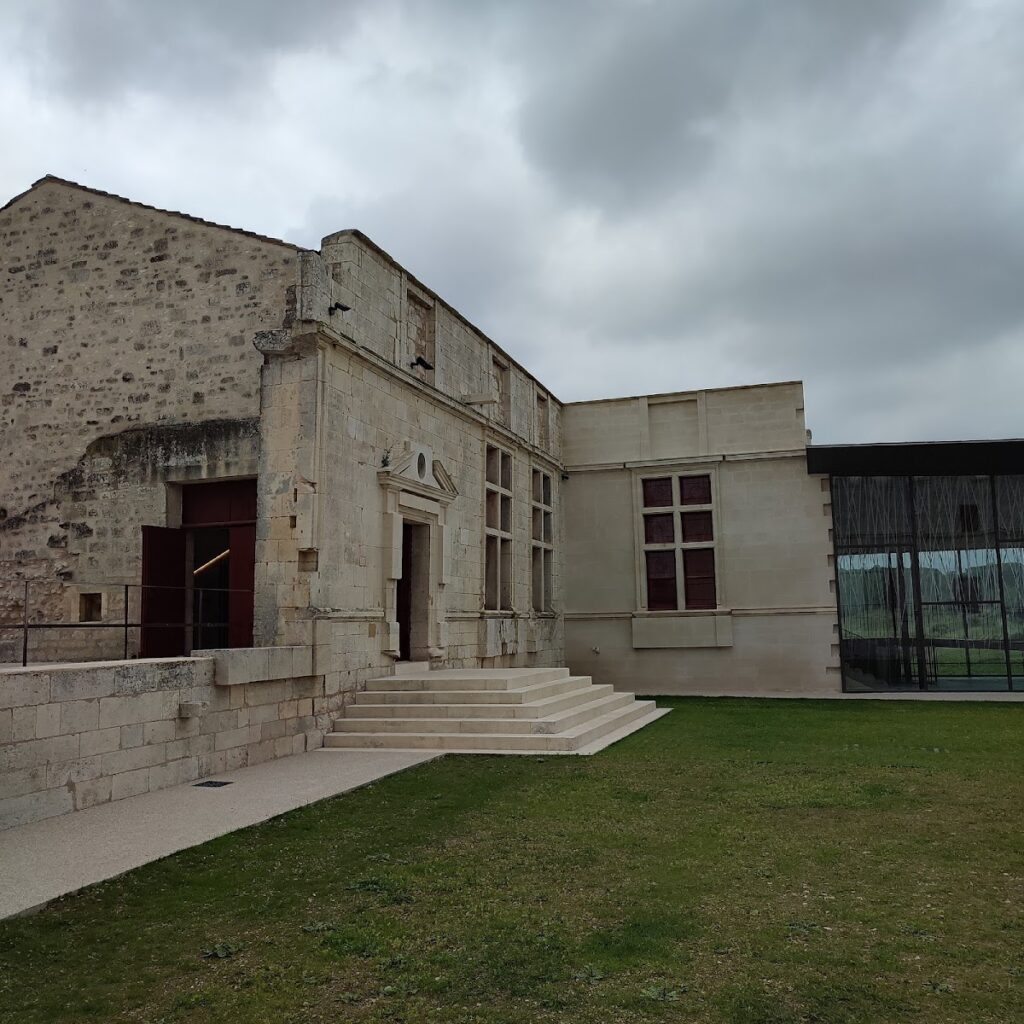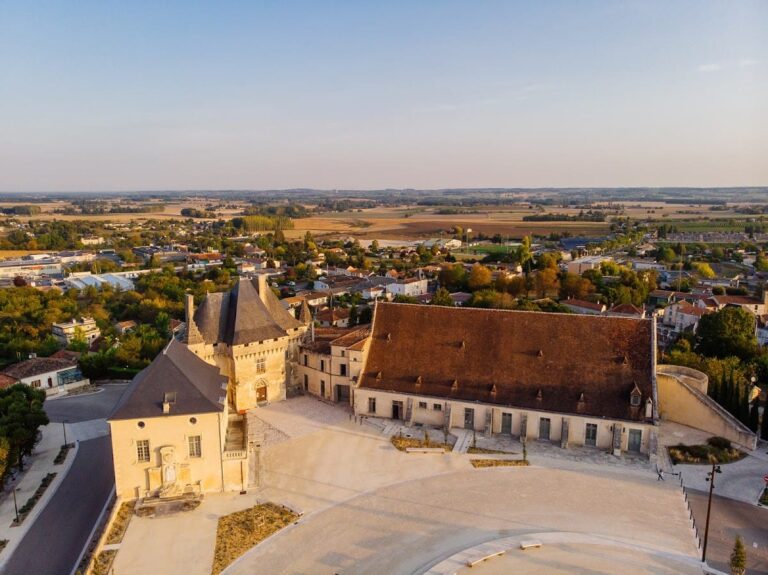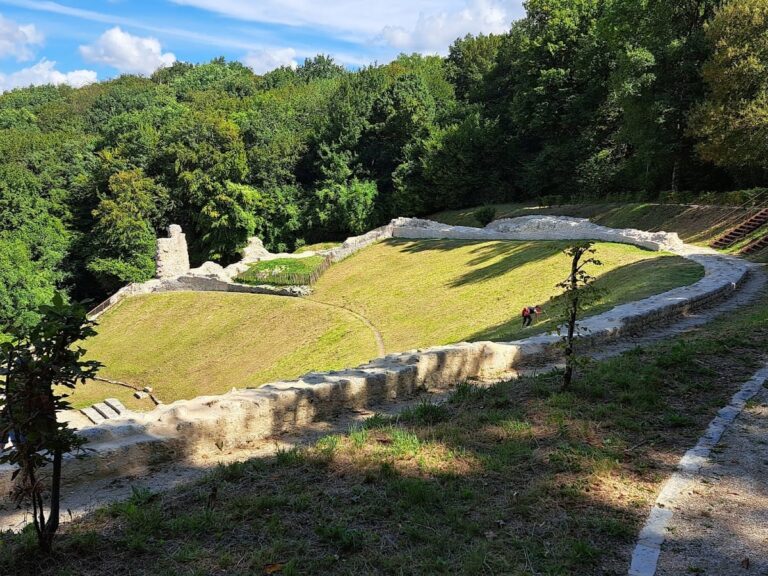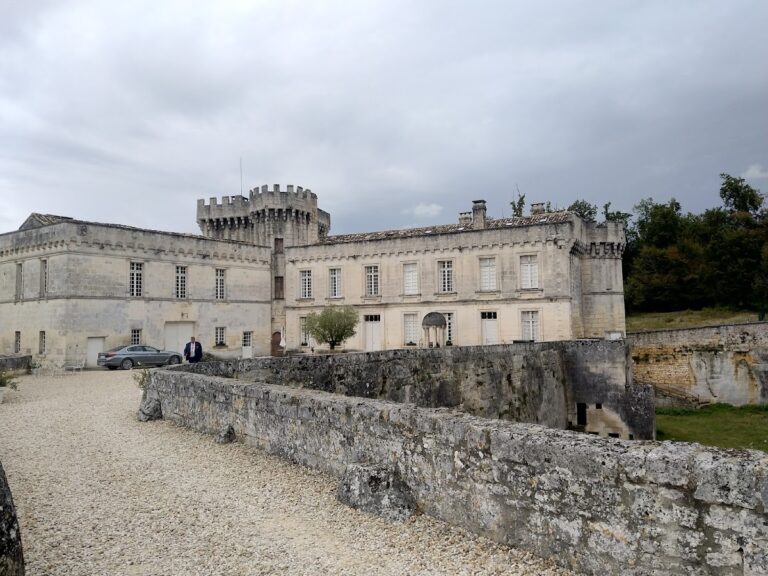Château de Bouteville: A Historic Medieval Castle in France
Visitor Information
Google Rating: 4.4
Popularity: Low
Google Maps: View on Google Maps
Official Website: www.chateau-bouteville.com
Country: France
Civilization: Unclassified
Remains: Military
History
The Château de Bouteville stands in the commune of Bouteville in France and was originally established by medieval builders on the grounds of an earlier Gallo-Roman villa. The first documented mention of the castle dates back to 1028, situating its origins around the year 1000.
The castle initially came into the possession of Geoffroy Taillefer, the son of Guillaume IV, Count of Angoulême. Geoffroy acquired it through marriage to Pétronille, the daughter of the lord of Archiac, who brought the property as part of her dowry. Under the Taillefer family, the local church was expanded and a priory founded, indicating the family’s role in the area’s religious development. Following the Taillefers, ownership passed to the House of Lusignan.
During the early 14th century, the region of Angoumois was incorporated into the French crown, bringing the castle under royal influence. At that time, the castle was granted to Jeanne de Navarre and later to Aimery III de La Rochefoucauld, partly as recognition for his services. The castle’s strategic importance is underlined by visits from King John of England, husband to Isabelle d’Angoulême, and later by the Black Prince, who often resided nearby in Angoulême.
The castle’s control shifted repeatedly during the Hundred Years’ War. French forces captured it around 1355, but it returned to English possession after the Treaty of Brétigny in 1360. It then became one of nine key administrative centers, or châtellenies, under the English in the Angoumois seneschalcy. English presence persisted at Bouteville into 1445, before their final withdrawal. The castle suffered significant damage during the conflict but was repaired in 1453 by Jean d’Orléans.
The site enjoyed favor under Charles d’Orléans, Count of Angoulême, and his wife Louise de Savoie, parents of the future King François I. From the 1530s, the Montmorency-Fosseux family assumed ownership, with François de Montmorency-Bouteville notable for his involvement in a fatal duel in Paris in 1627.
During the French Wars of Religion, the castle was a contested stronghold between Catholic and Protestant forces. In July 1577, Charles Danowitz, known as Besme and infamous as the assassin of Admiral Coligny, was killed near Jarnac after being held prisoner at Bouteville by the castle’s garrison.
By 1598, Bouteville had fallen into ruin once again. In 1593, Bernard de Béon du Massès, royal governor of Saintonge and Angoumois, acquired the estate and undertook reconstruction efforts. While his widow Louise de Luxembourg continued this work until 1624, only the main structural components were completed; much of the interior decoration remained unfinished.
The Béon family retained ownership until 1726, when the property was pledged to Henri de Bruzac-Hautefort, a major in the king’s bodyguards. He lived on the estate until 1736 and executed notable alterations before his death in 1751. By 1788, the castle had deteriorated and was included in the apanage of the Count of Artois, who commenced renovations.
Following the French Revolution and the emigration of the Count of Artois, the property was confiscated and sold to Antoine Marcombe, a local merchant. Marcombe initiated demolition works, including the removal of the castle’s monumental fireplace, which was transferred to the Château de Bourg-Charente.
In the early 20th century, specifically between 1929 and 1930, Richard de Segonzac carried out repairs focusing on the restoration of the great hall’s roof frame, the demolition of the ruined south wing, modification of the main wing’s terrace, and removal of the entrance gatehouse. Since 1935, the castle has been owned by the Joyet family. It gained classification as a historic monument in 1984 and became municipal property in 1994.
Remains
The Château de Bouteville now exists primarily as an extensive ruin arranged around a large courtyard. The complex is enclosed on three sides by surviving building structures, with the fourth side formed by a freestanding wall. Entry to the castle is provided by a bridge leading to a postern gate, a secondary door commonly used in medieval fortifications.
At two corners of the castle’s enclosure stand a tower and a turret, offering insight into the defensive architecture of the site. Though the castle is largely in ruins, some decorative elements remain, especially above the surviving window openings, hinting at the craftsmanship of its builders. These decorative features provide a glimpse into the castle’s former grandeur despite its fragmentary state.
Situated on a hill, the castle commands views toward the city walls of Angoulême, reflecting its historical role in regional defense and governance. Notably, it is located near an ancient Roman road that once connected the cities of Saintes and Périgueux, linking it to a longstanding network of communication and transportation.
During the early 19th century demolition, the castle’s monumental fireplace was carefully dismantled and relocated to the Château de Bourg-Charente, ensuring the preservation of this important architectural element outside its original context.
In the 20th century, restoration efforts included reconstructing the framework of the great hall’s roof, a critical component of the castle’s main gathering space. At the same time, large sections that had deteriorated, such as the south wing and the entrance gatehouse, were removed to stabilize the structure. Modifications were also made to the terrace of the main wing, adjusting the layout and appearance of the castle’s primary residential area.
Today, the Château de Bouteville stands as a significant archaeological and historical site, with its ruins bearing witness to a complex history of medieval construction, repeated conflict, and restoration attempts throughout the centuries.

